Types of road cracks and how to avoid them
by Michal Golos, on April 22, 2021
Over time, road cracks can develop due to distress from traffic and the variety of harsh climate conditions they are subjected to. The type of road, as well as the type of distress, will have an impact on the different types of road cracks that can appear.
In this guide, we’ll discuss the different types of road crack, what causes road cracking, and how it can be avoided. Read on to learn more about:
What are the different types of road cracks
The FHWA Distress Identification Manual identifies seven different types of road cracks:
- Fatigue (alligator) cracking
- Block cracking
- Edge cracking
- Wheelpath Longitudinal cracking
- Non-Wheelpath Longitudinal cracking
- Transverse cracking
- Reflection cracking
Fatigue (alligator) cracking
Fatigue cracking occurs when a group of interconnected road cracks form to break the road surface into multiple, irregular shaped pieces, usually less than 500mm in size. Due to its appearance, it is often referred to as alligator cracking. Repeated loading causes incremental damage that manifests a micro crack initiating predominantly from the bottom of the asphalt layer. The road crack then grows until it extends through the full asphalt layer thickness. These road cracks are often referred to as alligator cracking due to the scaly appearance.
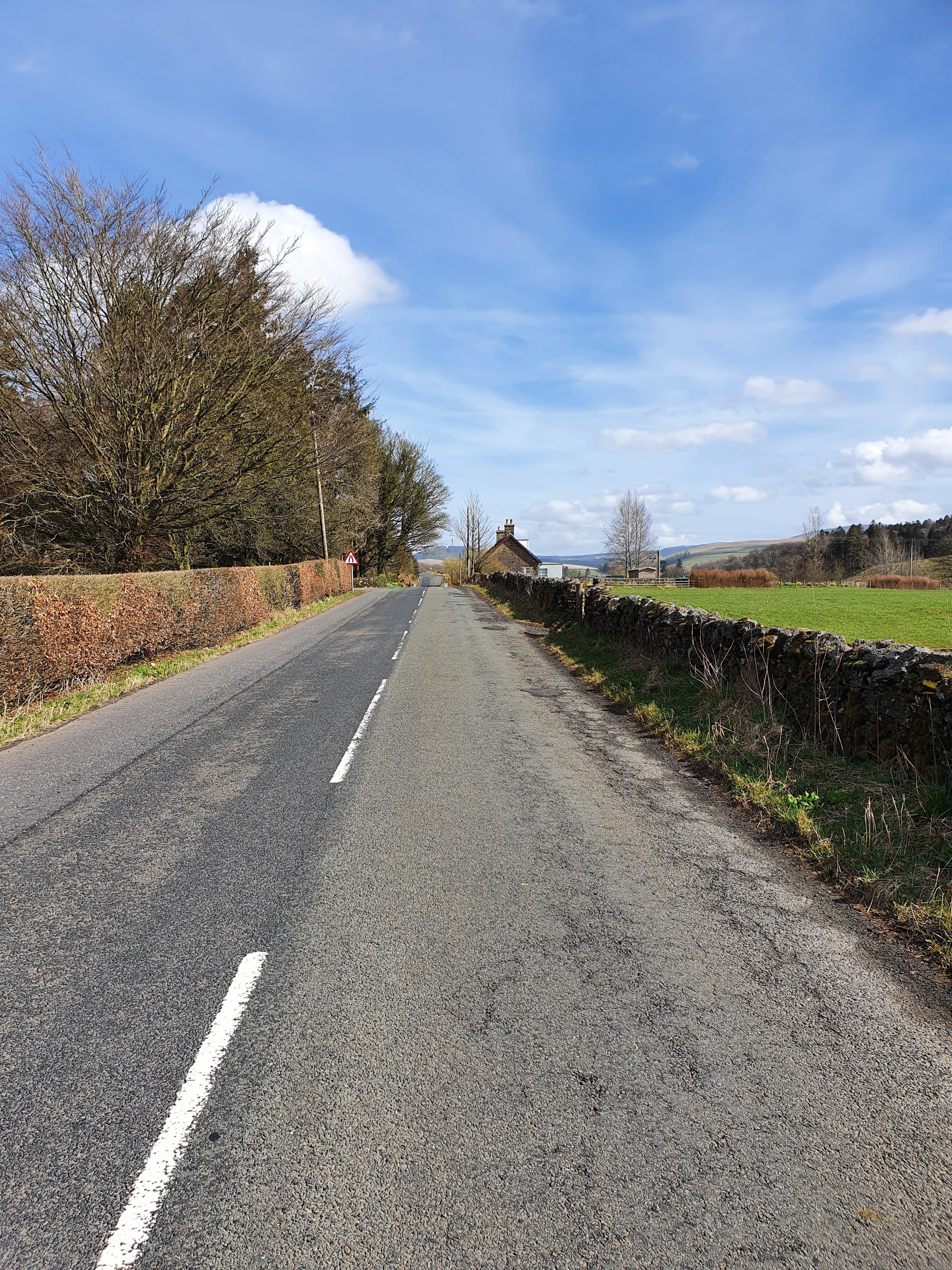
Moderate alligator cracking in wheelpath
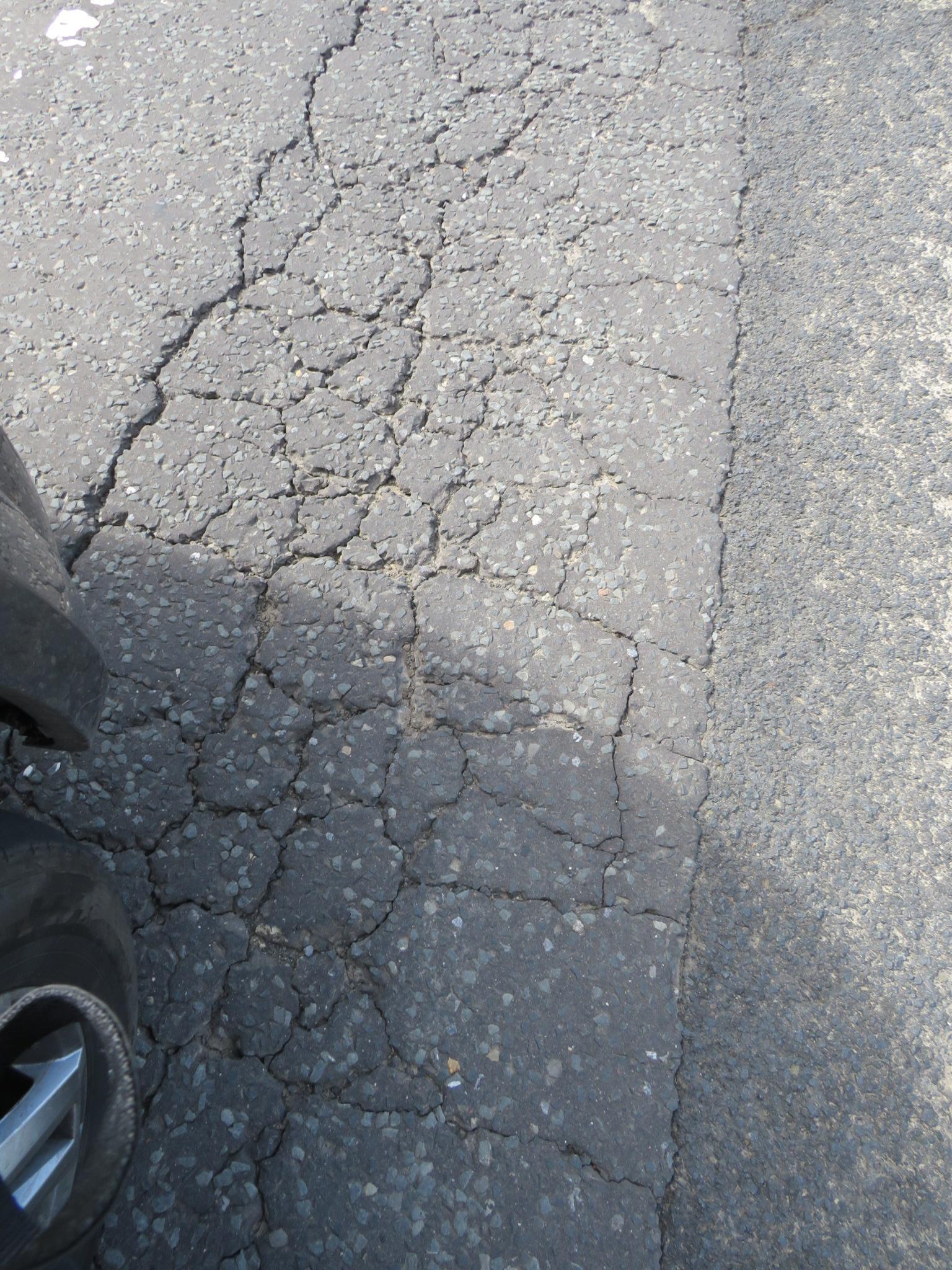
Severe alligator cracking
Block road cracks
Block cracking is a pattern that occurs as a series of roughly rectangular blocks, ranging from 0.3m to 3m in size.
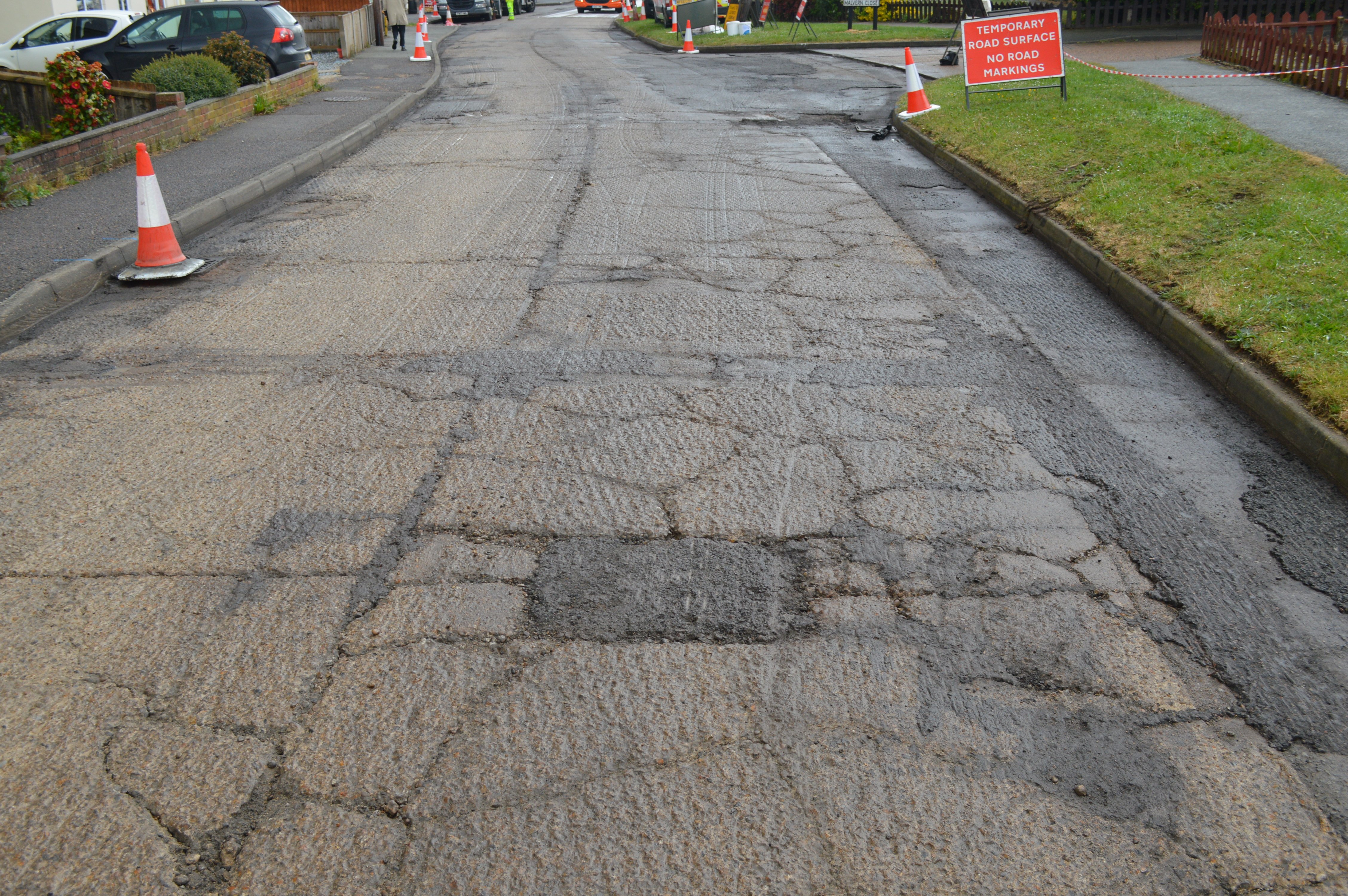
Severe block cracking
Edge road cracks
Edge cracking is long cracking in the outer 0.3 to 0.6m of a pavement that curves to the pavement edge.
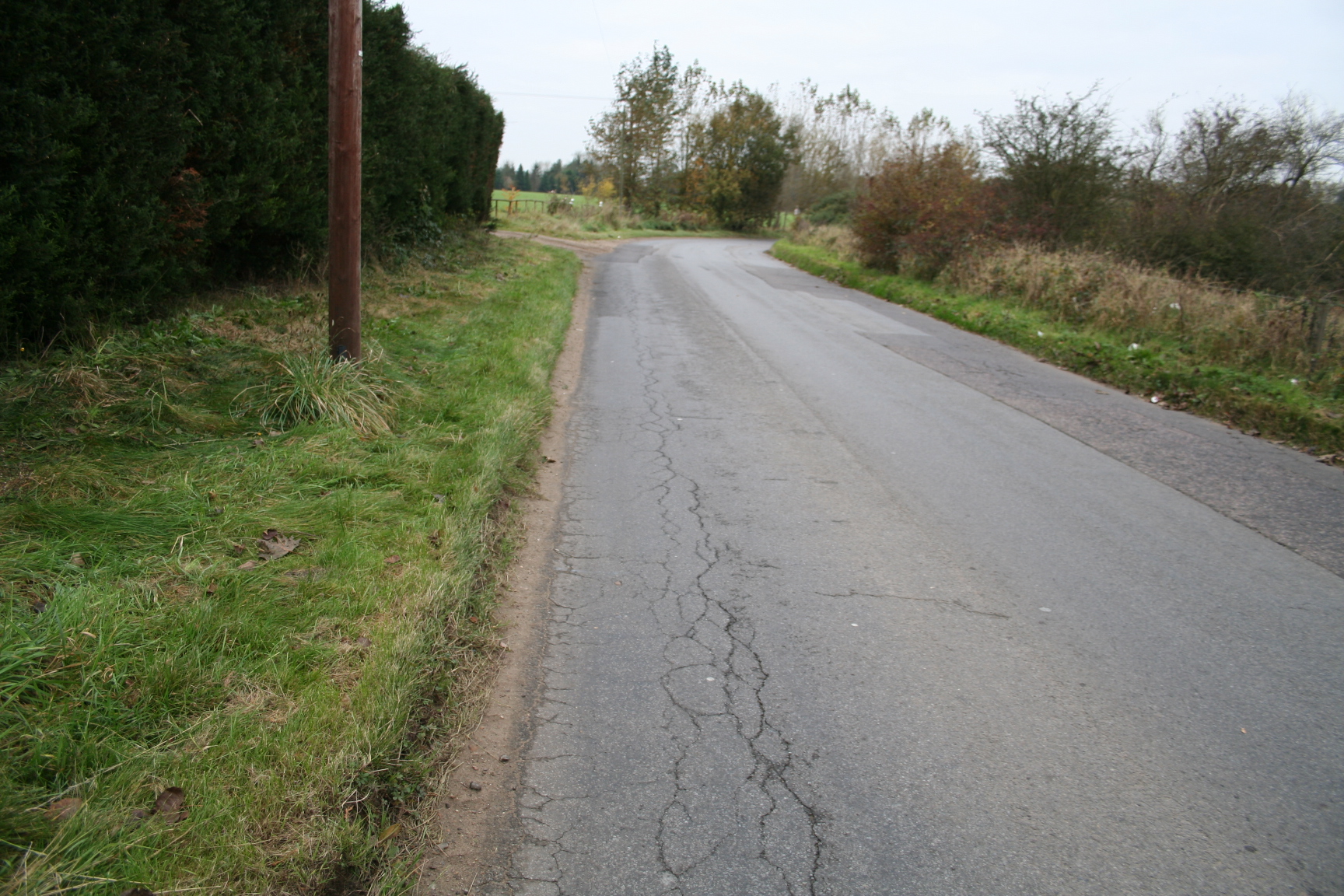
Edge cracking
Wheelpath Longitudinal road cracks
Wheelpath Longitudinal cracking runs parallel to the pavement's centreline, caused by fatigue.
Non-Wheelpath Longitudinal road cracks
Non-Wheelpath Longitudinal cracking is randomly located but still parallel to the centreline. These types od road cracks predominately created between the existing pavement and new widening, but may also be a result of expansive clay subgrade soils.
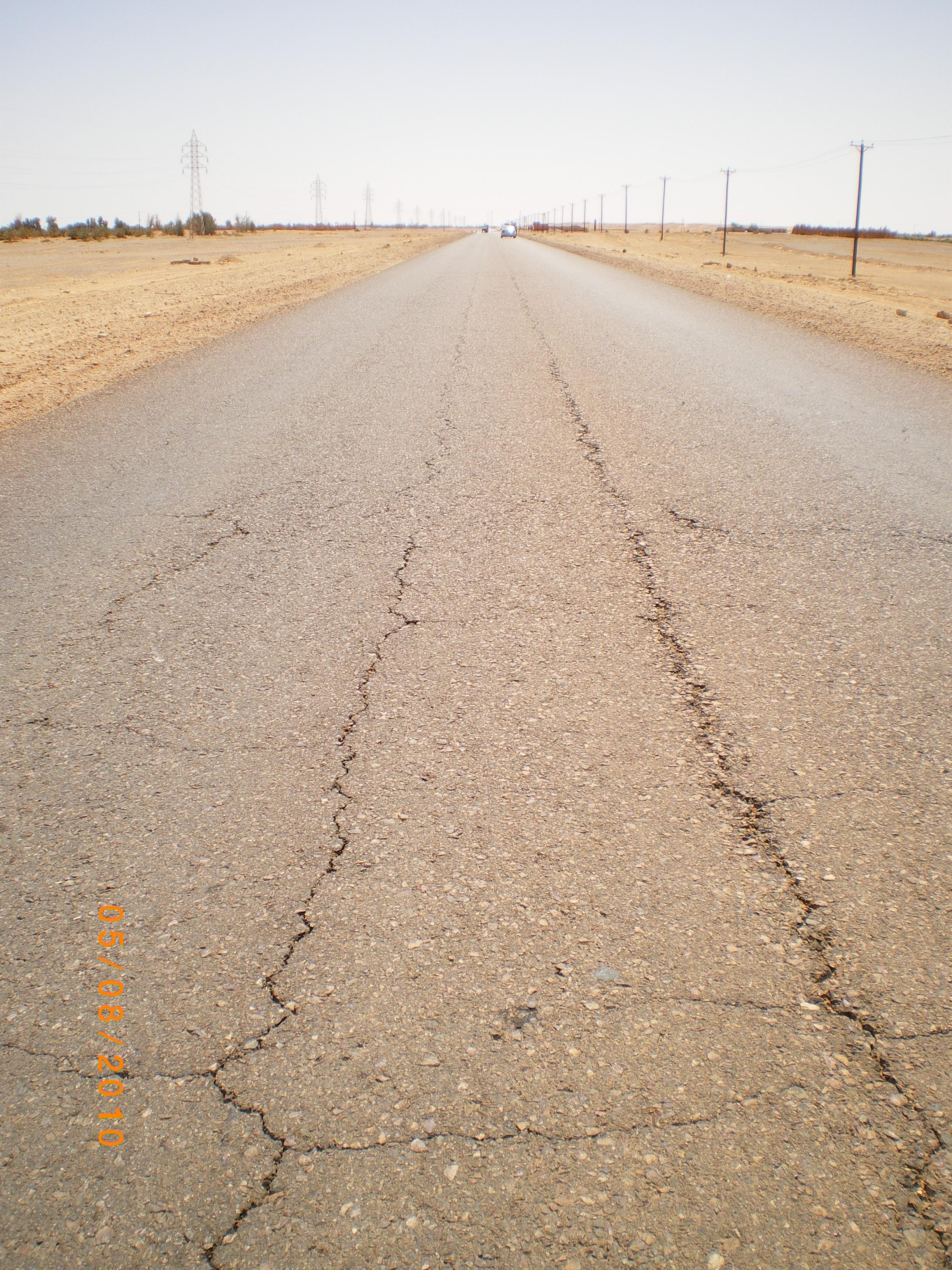
Longitudinal cracking
Transverse cracking
Transverse cracking describes road cracks that are aligned across the carriageway perpendicular to the centreline. This type of cracking can be thermally induced or due to underlying joints or cracks.
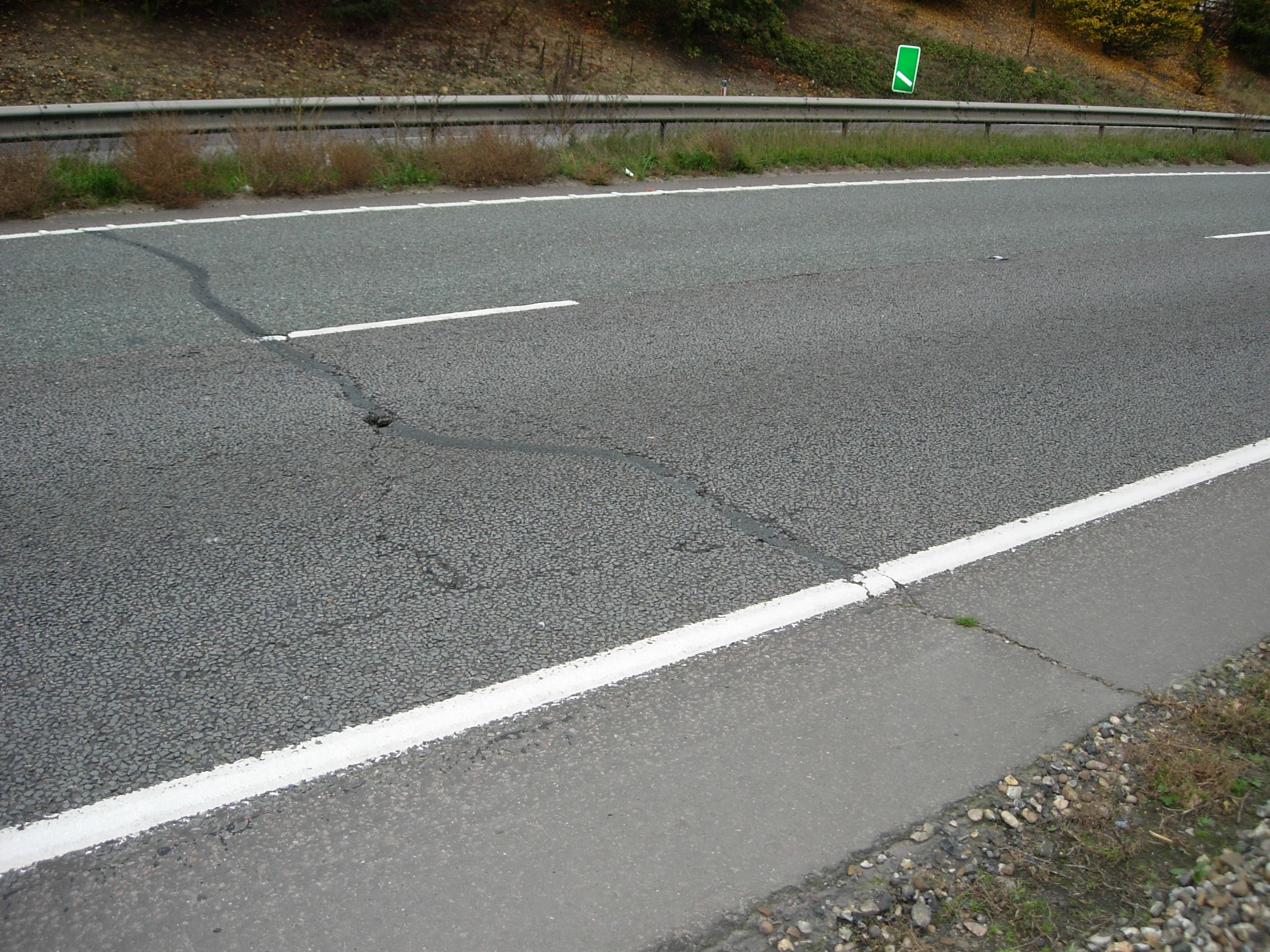
Transverse cracking
Reflection road cracks
Reflection cracking describes cracking in asphalt overlay located in concrete pavements, or over shrinkage cracks in cement treated base layers. It occurs over an existing crack in the underlying surface. This causes stress concentration in the asphalt layer that eventually leads to the initiation of a crack that extends up to the surface.
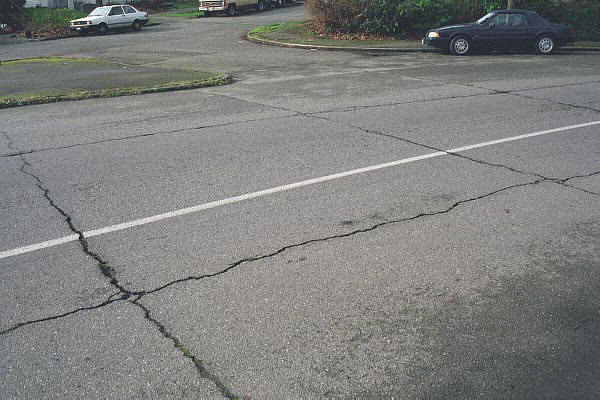
Severe transverse reflection cracking over joints in concrete substrate
(Photo courtesy of Pavement Interactive)
What are the causes of road cracks?
Road cracks are caused by either repeated loading from traffic, or via temperature (climate) induced cracking. Over time, both types of external factors will cause the surface asphalt layer to crack, as well as the subgrade to become weakened in some causes.
Let’s take a closer look at these two types of road cracks:
Load induced road cracks
Load induced cracking is caused by repeated loading from traffic: either fatigue cracking or reflection cracking as detailed above. Load cracks can also be caused by inadequate structural design or poor construction, which is why the source of the cracking needs to be investigated before deciding on a solution.
Non-load induced road cracks
Non-load induced cracking is generally thermally induced and is referred to as low temperature cracking. This describes the road shrinking at lower temperatures, generating tensile stresses in the asphalt, which lead to transverse (across the road width) cracking. Another form of non-load induced cracking is associated with the presence of expansive clay subgrade soils. If these soils dry out, they shrink, causing longitudinal (along the road) cracking in the road surface.
How can road cracks be avoided?
Tensar has a range of solutions for roads and highways to help prevent several types of road cracks including fatigue, reflective, and longitudinal cracking and extend your asphalt’s lifespan. Using the road design and construction module in Tensar+ you can prepare and evaulate the requirements of your project prior to construction, helping you to see cost and time savings.
Fatigue cracking results from repeated flexing of the asphalt pavement. The degree of flexure is dependent upon the structural strength of the pavement. Tensar stabilisation geogrids incorporated into the subbase or unbound base layer of a pavement increase the strength of the pavement, reducing deformations and fatigue in the surfacing. The fatigue resistance of an asphalt overlay can be improved by the inclusion of Tensar AX5-GN structural interlayer at the base of the overlay.
Reflective cracking in overlays can be delayed by inclusion of an appropriate asphalt interlayer. Tensar has a range of asphalt interlayer products that have been proven to reduce reflective crack propagation.
Longitudinal cracking due to the presence of expansive clay soil can be prevented by a Tensar stabilisation geogrid in the unbound granular layers, to control lateral movement of the unbound layers in the event of clay shrinkage.
For more information, visit our Tensar solutions.



.jpg?width=400&height=400&ext=.jpg)